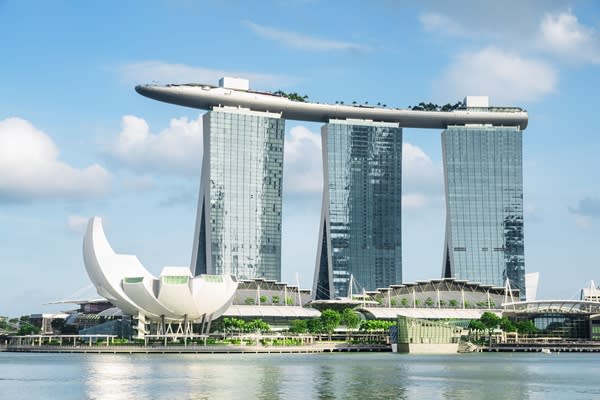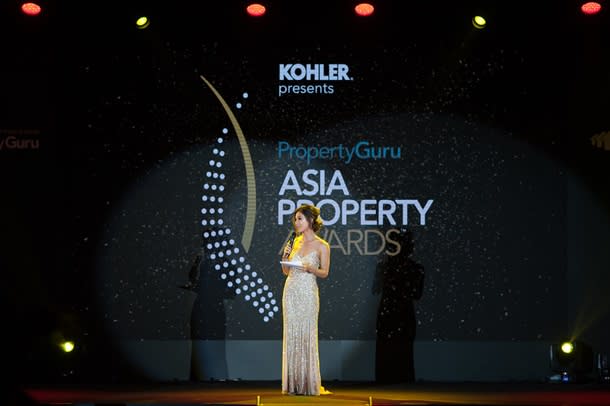Singapore’s real estate history: thriving since the 60s
In celebration of National Day, we take a look back at how Singapore’s dynamic real estate market flourished as each year passed.
In Southeast Asia, Singapore has always been viewed as a stable and reliable property investment destination. Its supremacy as a financial hub with strong fundamentals in workforce and physical infrastructure, political stability and safety, complete transparency and ease of doing business has continued to attract foreign investors throughout the past decades.
In the midst of the COVID-19 outbreak that distressed major economies across the globe, sales of private residences in the city-state soared slightly in May, while sales of luxury condominiums rose by 72% in the first quarter of the year.
Over the course of Singapore’s real estate history, its track record showed that it has quickly recovered from economic crises and it has grown steadily and significantly after each recovery.
Here, we take a look at some of the milestones in Singapore’s real estate industry in the last six decades:
1960 – The Housing & Development Board (HDB) is formed to oversee the development of public housing in Singapore.
1963 – After achieving self-governance in 1959, Singapore merges with Malaysia in a short-lived union, which ends two years later due to several violent protests.
1965 – Singapore finally becomes a sovereign state, known as the Republic of Singapore. Lee Kuan Yew is still prime minister, while the HDB chief is still Lim Kim Sam, who was appointed HDB head in 1960 and spearheaded the construction of many high-rise, public housing apartments through the succeeding years.
1974 – The Urban Redevelopment Authority (URA) is born. The URA’s main task is to develop programmes for strategic land use in the small city-state. It is also involved in the conservation of significant buildings, car park management, land sales and the overall urban design of the Lion State.
Read also: How To Understand The URA Master Plan And Make Your Property An Investment
1980s – Knowledge-based industries, such as education, lifestyle, medical, information technology and software, get a major boost from Singapore’s Economic Development Board, which administers manpower training programmes. These pushed further Singapore’s reputation as a capital-intensive and high-tech nation, indirectly allowing the real estate industry to benefit from larger incomes.
1984 – A pioneer in the serviced residences industry, The Ascott Limited is established and today operates some 35,000 units, making it the largest international serviced apartment operator worldwide.
1990s – International property and hotel conglomerate City Developments Limited (CDL) builds Singapore’s first eco-mall, first eco-condominium and first carbon-neutral development.
1999 – The Building and Construction Authority (BCA) is formed under the Ministry of National Development to promote building quality excellence in the country.
2003 – The Building and Development Division of HDB becomes a separate entity under the name HBD Corporation Pte Ltd, which is later renamed Surbana Corporation Pte Ltd.
2004 – Lee Hsien Loong, son of Lee Kuan Yew, is sworn in as Prime Minister. Lee’s programmes through the years include speeding up of the completion of HDB flats for singles over 35 years, the curbing of property prices, and the expansion of the mass transit systems. Lee Kuan Yew becomes Minister Mentor.
2005 – Singapore and Malaysia settle a territorial dispute over land reclamation and sign ‘The Settlement Agreement’.
2005 – The Building and Construction Authority begins issuing the BCA Green Mark Certification for establishments that show environmental sustainability, innovative features, and efficient designs and construction methods.
2009 – The first rounds of property cooling measures are introduced by Singaporean authorities to moderate soaring real estate prices.
2009 – The country’s premier commercial district, Orchard Road, undergoes a S$40 million renovation and beautification plan.
2010 – Marina Bay Sands, located at Singapore’s iconic new downtown, opens. It comprises high-end residential, retail, commercial, leisure and hospitality components.
2010 – In recognition of the world’s most sustainable cities, the biennial Lee Kuan Yew World City Prize is established by the URA and the Centre for Liveable Cities.
2011 – The Singapore Real Estate Exchange (SRX) launches as part of the property sector’s efforts to share pricing information, improve liquidity and increase transparency in the market. Members include the biggest real estate firms and agencies in the country, such as Savills, RE/MAX, DTZ, Huttons, ERA Real Estate, ECG, and others.
2011 – Ensign Media, publisher of Asia’s industry-leading Property Report magazine, holds the first annual South East Asia Property Awards (SEAPA) in Singapore, which was held at the lavish Fort Canning Hotel. British billionaire and top real estate mogul Nick Candy is one of the judges.
2013 – Singapore overtakes Tokyo as the most expensive city in the world, per the Economist Intelligence Unit, which reported that many low-income Singaporeans are unable to buy their own homes due to rising income inequality in the city-state and the astronomical costs of real estate.
2013 – One of the most expensive residences in Singapore, located on 33 Nassim Road, lists on the market for SGD242 million (USD179 million).
2014 – Lee Hsien Loong launched the smart city initiative under the name Smart Nation, which enables the city-state to harness big data, networks and infocomm technologies to create tech-enabled solutions.
2015 – Lee Kuan Yew dies of pneumonia at age 91, a few months before the celebration of Singapore’s 50th anniversary of independence.
2017 – To honour developers and properties across the Asia Pacific, the South East Asia Property Awards was relaunched as the PropertyGuru Asia Property Awards.
2017 – Singaporean authorities amend the existing property cooling measures due to the increase in the property price index for private residential properties and interest rate war among major mortgage providers.
Also read: 9 Condos To Watch For Fire Sales As They Approach ABSD Deadline in 2020/2021
2020 – Countries across the globe is plagued by COVID-19, which has prompted most to close its borders and halt all business activities, including real estate and construction to limit potential exposure of people from the virus. Singapore implemented circuit breaker measures that affected consumer sentiment and property sales, but analysts are confident that the real estate sector will strongly recover from the downturn because of its thriving history.
2020 – PropertyGuru Asia Property Awards (Singapore) celebrates its 10th year in the business through the first-ever virtual gala event in response to the social distancing measures enforced during the pandemic.

 Yahoo Finance
Yahoo Finance 



